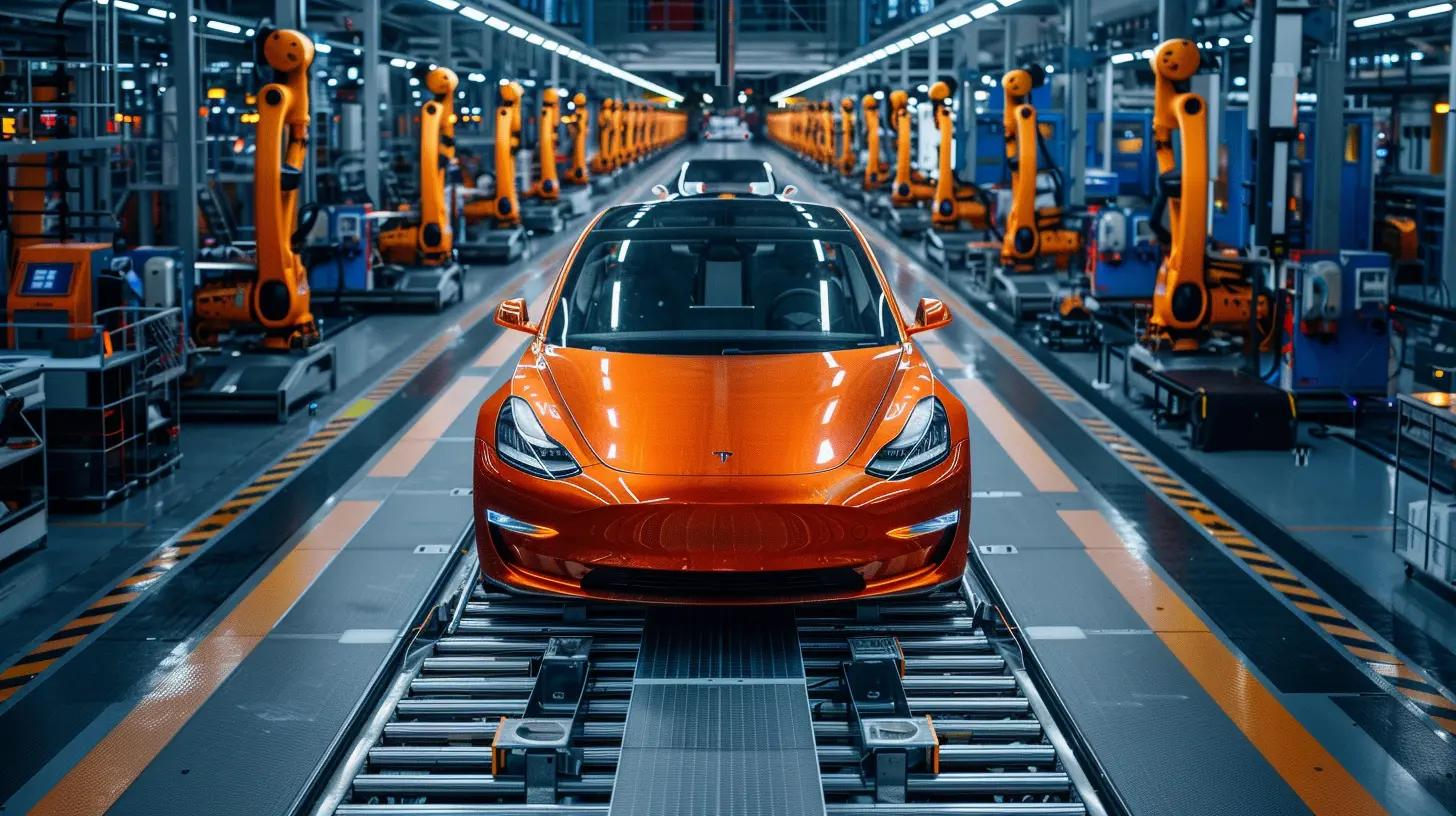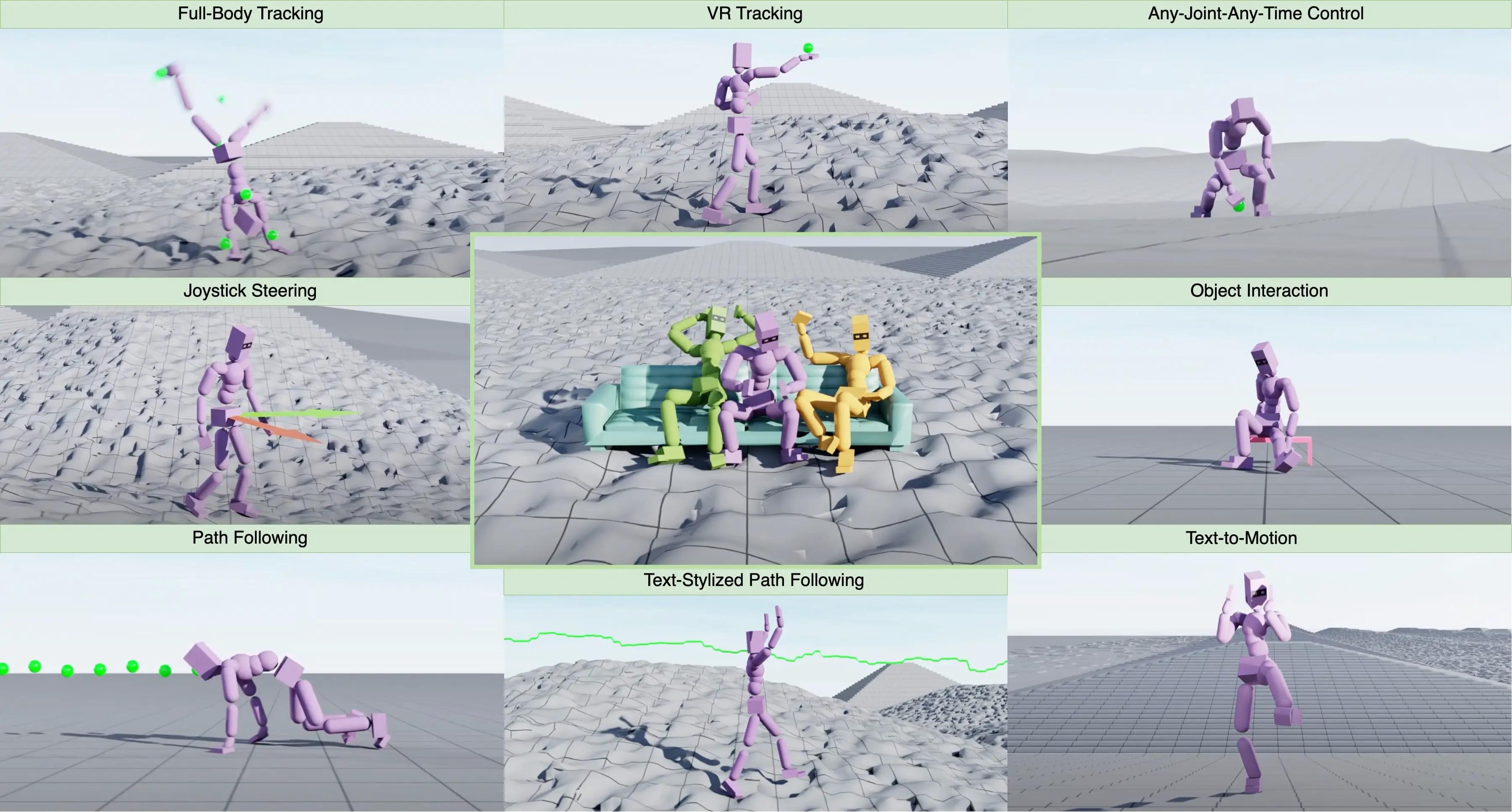April 22, 2024|4 min reading
Legal Challenges in AI-Driven Vehicle Manufacturing and Transportation

The rapid integration of Artificial Intelligence (AI) into vehicle manufacturing and transportation heralds a future where our cars are not just tools, but partners in mobility. However, this transition brings forth a myriad of legal and regulatory challenges that could potentially stall innovation if not addressed promptly. This article explores the complexities of liability, privacy, safety standards, and ethical considerations that are key to fostering public trust and compliance in the era of autonomous vehicles (AVs).
Liability and Accountability
One of the thorniest issues facing the autonomous vehicle industry is determining liability in the event of an accident. With traditional vehicles, the driver typically holds responsibility. However, in a world dominated by AVs, should the blame fall on the manufacturer, the software developer, or the vehicle owner? Current legal frameworks are ill-equipped to handle such questions, necessitating clear, comprehensive legislation that addresses fault and responsibility distinctly. For instance, if an AV's software malfunctions leading to an accident, establishing whether the fault lies in the software code, the vehicle's sensors, or in the interaction between the two becomes imperative for liability determination.
Privacy Concerns
AVs operate effectively by collecting and processing vast amounts of data. This capability, while central to their functionality, raises significant concerns regarding privacy and data protection. Regulations must be meticulously crafted to ensure that data collected by these vehicles is handled securely, respecting users' privacy rights. The challenge is to develop privacy norms that protect individuals' personal information without stifling the technological advancements that rely on this data.
Safety and Standards
Ensuring the safety of AI-driven vehicles is paramount for their acceptance and widespread use. Regulatory bodies face the task of developing and enforcing stringent safety standards and testing protocols. These standards must be dynamic enough to adapt to the fast pace of technological innovation in autonomous driving systems while ensuring comprehensive protection for all road users.
Ethical Considerations
AI in transportation also raises profound ethical questions, such as those encapsulated in the trolley problem: should an autonomous vehicle sacrifice its passengers to save more lives in an unavoidable crash? Establishing guidelines that dictate how vehicles should react in such critical situations is crucial and must be grounded in societal norms and values.
Regulatory Adaptation
The swift development of AI technologies often outpaces existing regulatory frameworks. Governments and regulatory bodies must therefore be agile and forward-thinking to develop laws that can accommodate new technologies while fostering innovation and protecting public interest.
Interoperability and Standards
As different manufacturers develop their own AI systems, the lack of standardization can lead to compatibility and safety issues. There is a pressing need for universal standards that ensure AI systems from various manufacturers can interoperate safely and effectively across different environments and geographies.
Conclusion
The road to integrating AI in vehicle manufacturing and transportation is fraught with legal and regulatory hurdles. Addressing these challenges is critical for ensuring the technology's safe and effective deployment. The industry requires a balanced approach that promotes innovation while rigorously safeguarding privacy, safety, and ethical standards. As we navigate this complex landscape, collaboration among manufacturers, legal experts, regulators, and the public will be vital in shaping a future where autonomous vehicles are a common and trusted feature of our roadways.
Explore more

NVIDIA's MaskedMimic: Revolutionizing Physics-Based Character Control
Discover NVIDIA's revolutionary MaskedMimic system for physics-based character control, enabling seamless full-body moti...

Black Forest Labs Launches API for Faster Image Generation with Flux1.1 Pro Model
Black Forest Labs unveils its Flux image generator API, providing developers fast, high-quality image generation options...

Key Points from Apple’s AI Integrations Announced at WWDC 2024
Discover the groundbreaking AI integrations in Apple devices unveiled at WWDC 2024, featuring Apple intelligence, genera...
